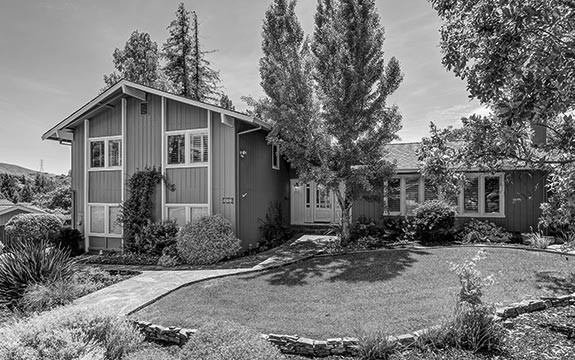The 1031 Exchange can be a great way for investors to potentially build wealth by deferring taxes that would otherwise be due on the sale of an investment property. We encourage all investors to understand their specific potential tax liability as they decide if an exchange could benefit them or fits with their long-term financial objectives.
While each investor's situation and conditions are different, we find that many investors estimate their total tax liability associated with a sale in the range of 25% - 40%. The exchange allows for deferral of these liabilities. Many strategies are available to meet specific long-term objectives.
It is absolutely critical to follow the requirements for 1031 exchanges to the letter in order to realize the investment benefits and avoid costly penalties.
The exchange process must be facilitated by a Qualified Intermediary (QI), the professional who actually executes the exchange. QIs hold the proceeds from the property you sell until they are reinvested in the replacement property. There must be a written "exchange agreement" between you and the QI to prevent you from having "constructive receipt" of the funds during the exchange period. The QI is required to complete a valid 1031 exchange that ensures all rules are followed and equity is preserved during the process. Using a QI as an independent third-party to facilitate a tax-deferred exchange is a safe harbor established by Treasury Regulations, and it is very important for you to select a QI before closing on the sale of your property. We can work with any authorized QI of your choice, or we can suggest one who is fully bonded and has a national reputation.
The properties involved must be "like-kind". This requirement is liberally interpreted, and virtually all real estate properties, whether raw land or those with substantial improvements, qualify as like-kind. However, REITs, real estate funds or other securities do not qualify for 1031 exchange.

As investors look for "like -kind" replacement properties for their exchange, many options exist. Investors are only constrained by market conditions, their buying power and availability. They have opportunities for both actively managed and passively managed investments. They have opportunities of separate full ownership or fractional ownership positions. Our firm is experienced in all property types and is primarily focused on passive replacement property options for our clients .
What most investors think of when contemplating a replacement property purchase. One investor buys one property. The investor enjoys total control of the management and operation and financial performance. The investor makes decisions on purchase conditions, financing structure, due diligence requirements, ongoing management and timing of future sale (exit). For the investor interested in this level of active management and control, direct ownership is the ideal situation.

Net Lease Property is another direct ownership and active management option for investors interested in control and decision making. Generally net leased properties are single tenant properties where the tenant's lease dictates the tenant's responsibilities for the property. In most cases, the tenant takes on the management and maintenance responsibilities for the property. Some are advertised as "no landlord responsibility". These properties come with their own risk profile including the tenants long term viability.

A Delaware Statutory Trust permits fractional ownership in a single property or multiple properties and qualifies as replacement property as part of an investor's 1031 exchange. This is a passive option where the investor relies on an experienced professional real estate investment management firm (the Sponsor) to acquire, operate, manage, exit and make all decisions for the investment on behalf of all beneficial interest owners. DST properties are typically institutional quality properties like what an insurance company, pension fund or REIT might acquire. Approved accredited investors can use the exchange process and the DST to reposition and diversify their real estate holdings across various geographies and property types to change the overall risk profile of their holdings.

Similar to the DST, the TIC structure allows for fractional ownership positions in larger institutional type real estate. This structure is also considered to be a passive investment. TIC properties generally have a limited number of investors per program, by requirement, lending qualifications or law. TIC owners have some voting rights, and complexities can arise if all investors don't agree on a decision. Minimum investment requirements are generally higher in a TIC investment vs. a DST.

*A Delaware Statutory Trust is a separate legal entity created as a trust under the laws of Delaware in which each owner has a "beneficial interest" in the DST for federal income tax purposes and is treated as owning an undivided fractional interest in the property. In 2004, the IRS re-leased Revenue Ruling 2004-86 which allows the use of a DST to acquire real estate where the beneficial interests in the trust will be treated as direct interests in replacement property for purposes of IRC §1031.